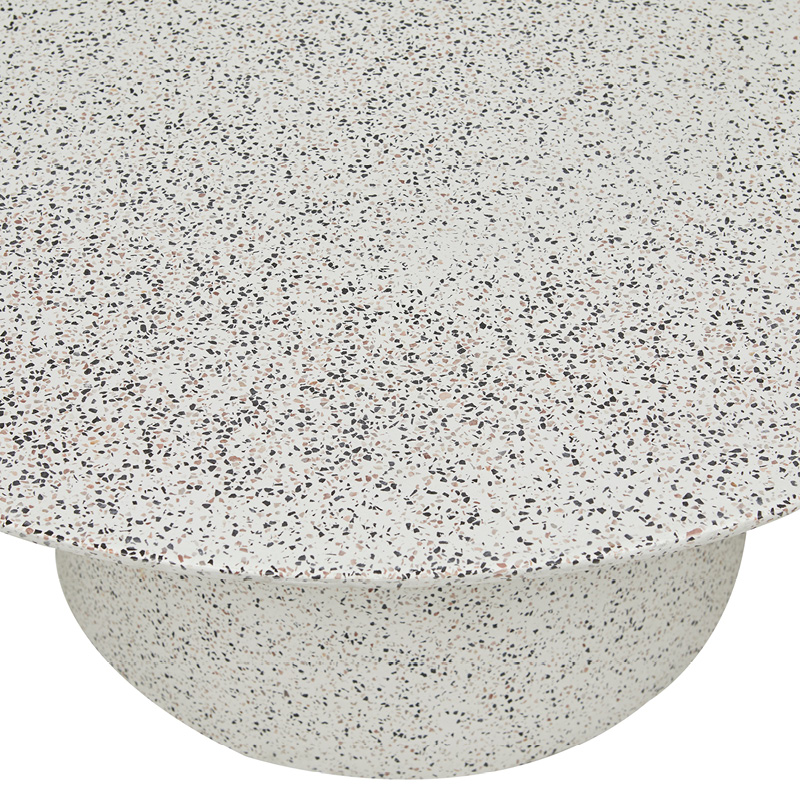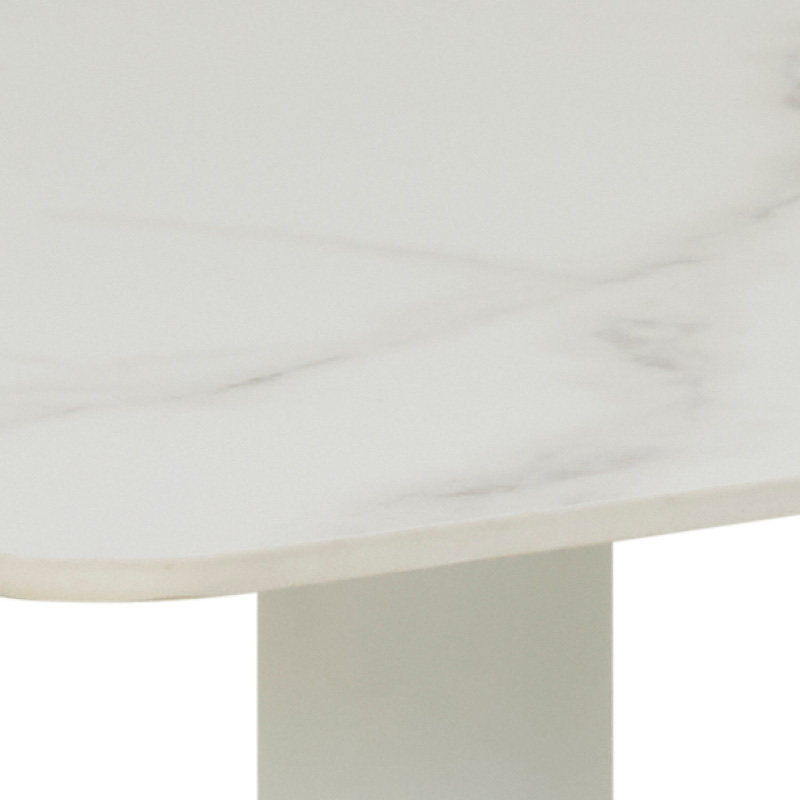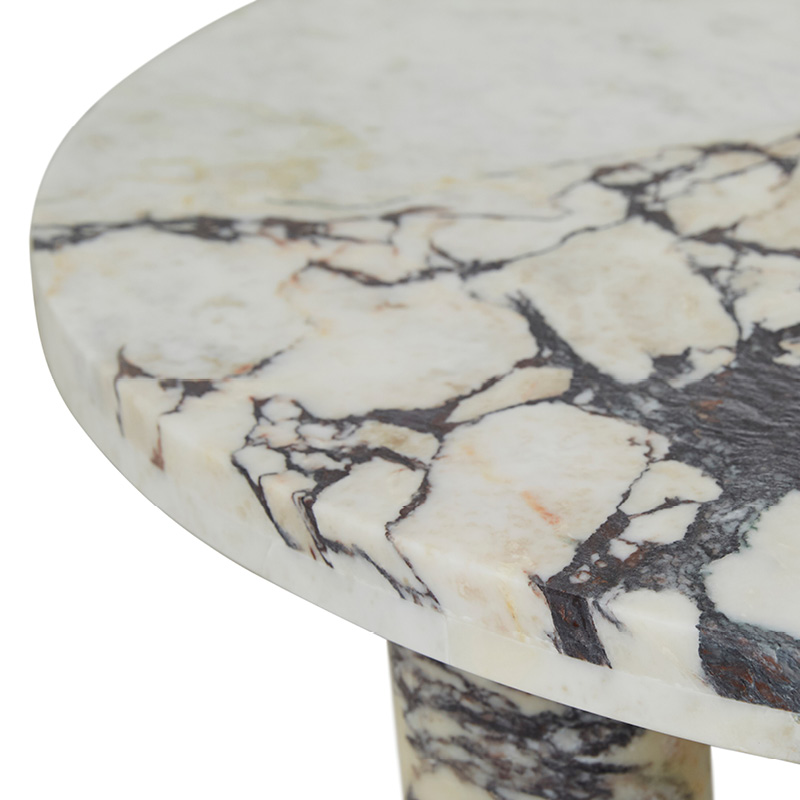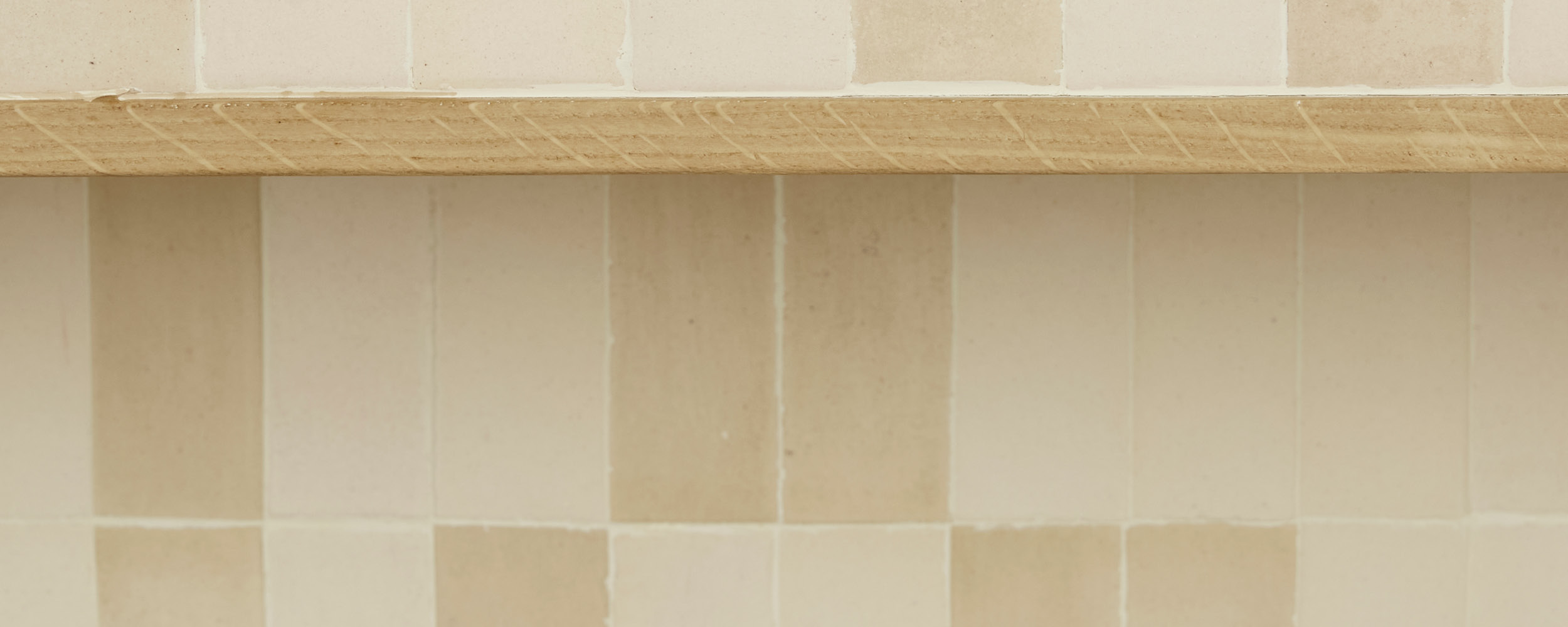
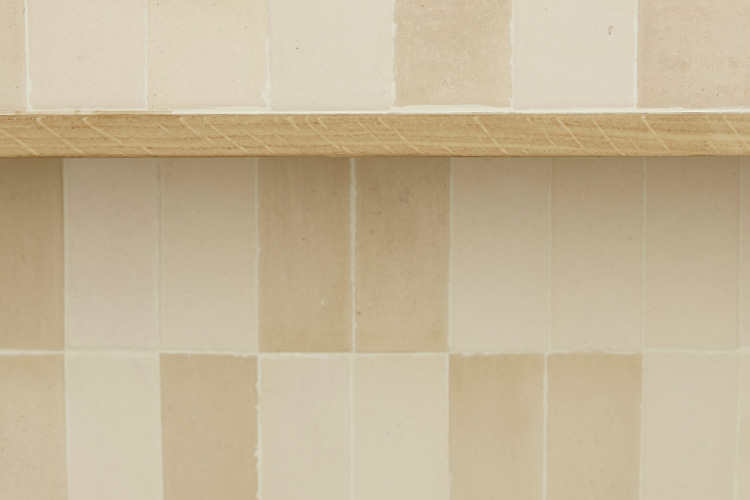
How to care for your Ceramic Tile indoor furniture.
Ceramic tiles are moulded from clay and glazed to give colour and strength.
The tiles used in our range are handcrafted meaning there will be subtle variations in colour and tone from tile to tile.
General Care
- Dust surfaces regularly with a microfibre cloth.
- Clean spills immediately. Blot the spill with a soft cloth to remove as much as possible. If required, clean using a damp microfibre cloth and gentle soap or detergent. Remove residue and dry thoroughly immediately after cleaning with a clean microfibre cloth. Do not leave the product to air dry as this can result in spotting and water marks in the finish.
- Do not harsh solvents, acidic or abrasive products when cleaning, including household spray and wipe, to avoid etching or discolouration.
- Do not saturate ceramic tiles or grout during cleaning. Ceramics & grout are naturally porous and can absorb water easily. Saturating may cause cracking in the material.
- Use coasters, placemats, trivets, tablecloths, and table runners to protect ceramic surfaces from heat, stains and objects with abrasive finishes that may scratch your homewares. Contact with hot surfaces/objects may cause cracking in the material.
Important Considerations
- Speak with your Designer to ensure the products selected are suitable for your specific environment as well as discuss the level of maintenance that will be needed.
- As these items are hand-crafted using artisanal techniques, every product is unique.
- Ceramic tiles may show pinholes and air bubbles which are considered natural characteristics of this material. Pinholes and air bubbles are caused by trapped air and moisture that do not escape during the drying process when the ceramics are fired. These are not considered a product fault.

